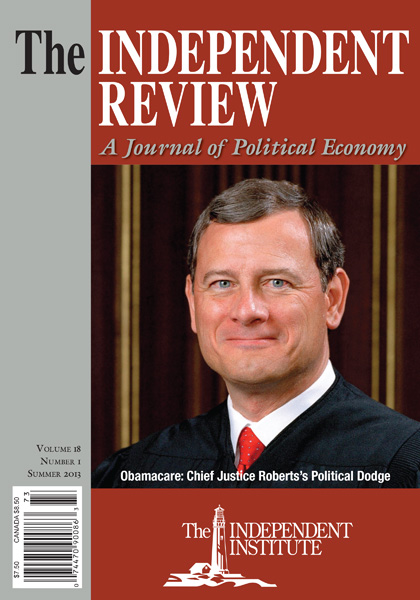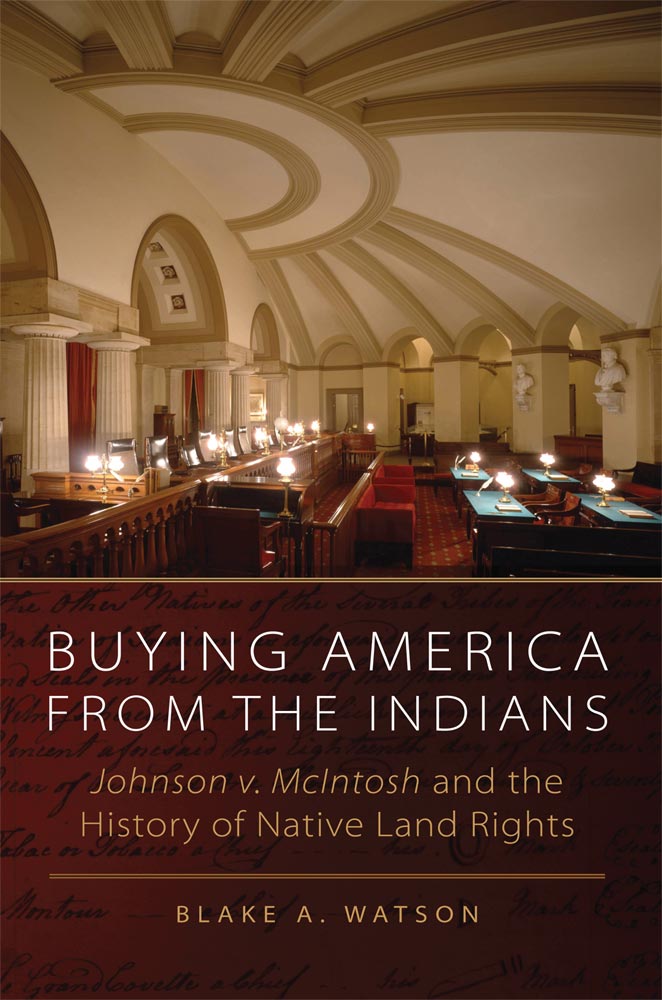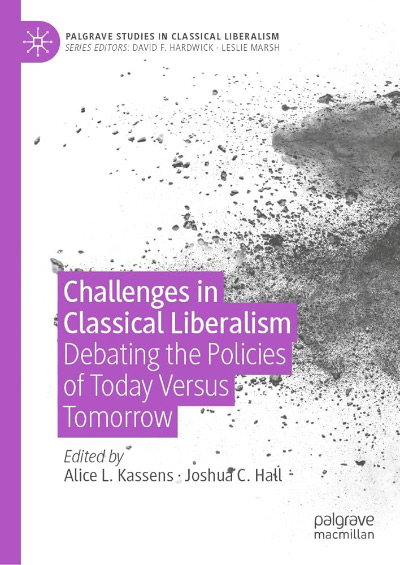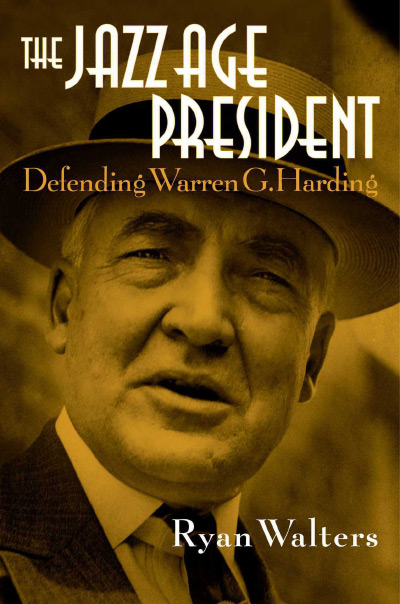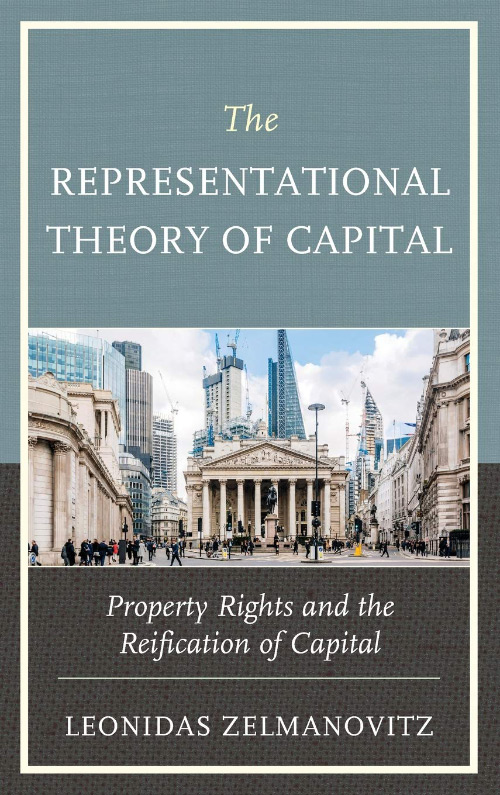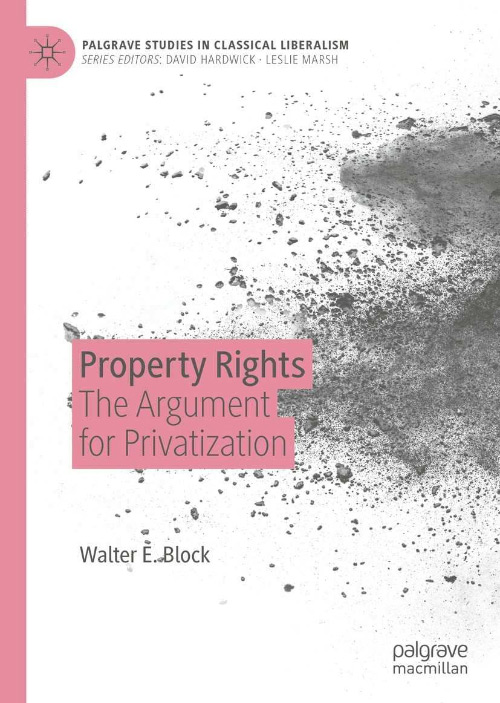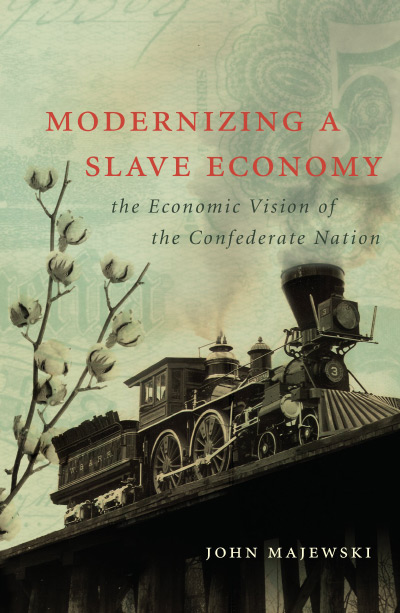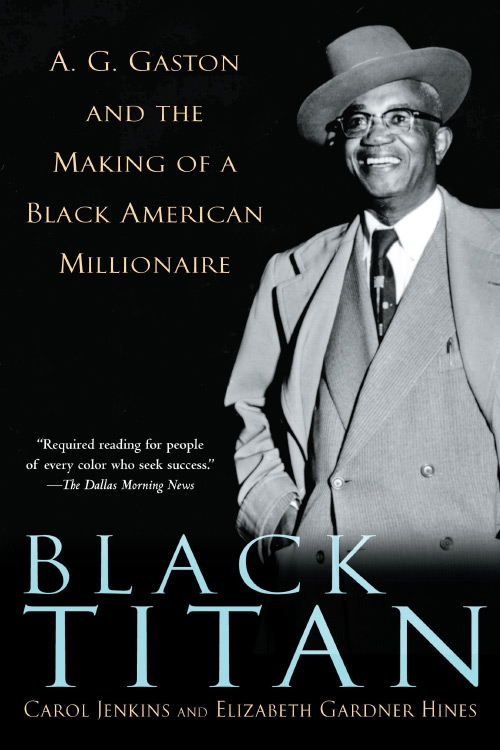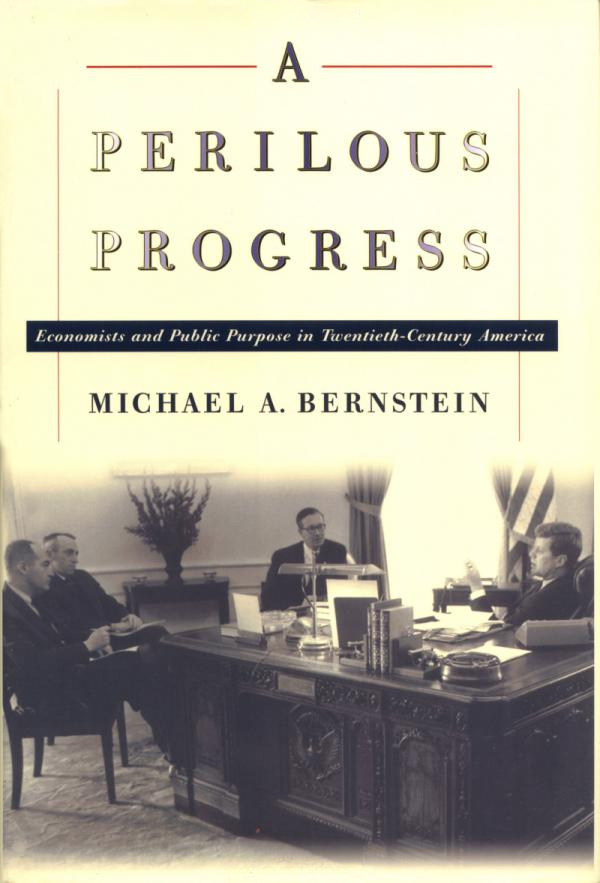The contested issue of Indian land rights has generated a vast outpouring of scholarship in recent years. With Buying America from the Indians: Johnson v. McIntosh and the History of Native Land Rights, Blake A. Watson has enriched this literature with a thoughtful, if somewhat problematic, account of Chief Justice John Marshall’s seminal opinion in Johnson v. McIntosh (21 U.S. 543 [1823]). Writing for a unanimous Supreme Court, Marshall established three fundamental principles: (1) that by virtue of discovery, title to land in America passed to the European powers and eventually to the United States; (2) that the discovering powers also obtained the exclusive power to acquire land from the Indians; (3) that the Indians were “the rightful occupants of the soil, with a legal as well as a just claim to retain possession of it” (at 574).
The last principle gave rise to the novel concept of Indian title as a limited right of possession, subject to the rights of ownership and preemption in the United States. Marshall only half-heartedly defended the doctrine of discovery and acknowledged that the doctrine was inconsistent with the natural-law right of ownership. However, he maintained that the history of America “proves, we think, the universal recognition of these principles” (at 574). The tone of his opinion suggests that Marshall, despite some sympathy for the plight of the Indians, was resigned to what he perceived to be a fait accompli. In Johnson, he seemingly achieved a compromise result, rejecting the contention that Indians had no rights at all in land, but denying them full ownership, which might have compromised many land titles held by settlers in the western states and territories. The upshot was that Indian land rights were inferior to the general pattern of fee-simple ownership for non-Indians. The precise nature of Indian title remains a topic of debate to the present.
Watson discusses at length the tangled background of Anglo-American attitudes toward Indian land rights, noting the existence of a wide range of views. As early as 1632, for instance, Roger Williams insisted that the land belonged to the Indians and must be purchased. He questioned the efficacy of royal charters to dispose of land in North America. Many colonists in fact purchased land from Indians, but this practice may have been dictated as much by a desire to avoid costly conflicts as by an acknowledgment that Indians had legal title. Given the ambivalent record, Watson makes a strong argument that Marshall’s assertion of “the universal recognition” of the discovery doctrine is inaccurate. Although the discovery doctrine was certainly advocated on a regular basis, it was never the sole view regarding Indian land rights. Ironically, as in Johnson, land speculators, anxious only to obtain clear title to Indian land for the purpose of resale, were prominent among those contending that Indians held and could sell fee-simple title.
The Johnson case turned on competing land titles. Watson gives particular attention to transactions in 1773 and 1775 by two Indian tribes that sold huge tracts of land in present-day Indiana and Illinois to private land companies, which later merged. The plaintiffs, Joshua Johnson and Thomas Grahame, were grantees of the land companies. The United States acquired the same tract thereafter by treaty with the same tribes and resold it to individuals, including William McIntosh. Watson details the united land company’s persistent, if ultimately unsuccessful, efforts to gain compensation for the loss of the land it claimed to own by virtue of the prior titles. After numerous petitions to Congress failed to secure any redress, counsel for the land company arranged a contrived lawsuit in federal court based on diversity of citizenship. The lawyers recruited McIntosh as a cooperative defendant and even paid his attorneys. The company sought judicial confirmation of its title in a bid to strengthen the case for compensation. Large sums were potentially at stake, as evidenced by the fact that such prominent attorneys as Daniel Webster and Robert Goodloe Harper argued for the land company in the Supreme Court.
Marshall’s affirmation of the exclusive power of the United States to acquire Indian title doomed the claimants in Johnson. The doctrine of preemptive right proved to be a two-edged sword regarding Indian land rights. On one hand, it offered protection against aggressive land companies that might engage in fraudulent practices to obtain land. Thus, it eliminated a fertile source of disputes. On the other hand, recognition of a preemptive right in the federal government denied Indians an opportunity to consider competing offers and bargain for higher prices to relinquish their occupancy rights. (See Eric Kades, “The Dark Side of Efficiency: Johnson v. M’Intosh and the Expropriation of American Indian Lands,” Universityof Pennsylvania Law Review 148 [2000]: 1108–131.) Of course, nothing in Johnson required Indians to sell their title on any terms. Over the course of the nineteenth century, however, as the population of tribes declined and their military threat diminished, Johnson facilitated the wholesale purchase of Indian titles by the United States at minimum prices through a series of coerced and one-sided treaties. The voluntary nature of many transactions was simply a fiction.
Watson maintains that Johnson has had a lasting and deleterious impact on Indians’ legal status. It is debatable, however, whether the Johnson case concerned with land titles really laid the basis for diminished tribal sovereignty and the plenary power doctrine. Moreover, Marshall’s opinion compared Indian title to a leasehold and spoke largely in terms of purchasing the right of occupancy. During the nineteenth century, the Supreme Court rejected the notion that the federal government could take Indian title without the payment of compensation. Possessory interests are a form of property entitled to protection under the Fifth Amendment. The dubious decision by the Warren Court in Tee-Hit-Ton Indians v. United States (348 U.S. 272, 279 [1955]) that Indian title is “not a property right” and may be terminated “without any legally enforceable obligation to compensate the Indians” rested on the erroneous premise that Indian title was simply “permission from the whites to occupy” (at 279). This unfortunate conclusion is a misreading of Johnson and cannot be blamed on the property-conscious Marshall. Instead, it reflects the Warren Court’s general disinterest in property owners’ constitutional rights. (See Richard A. Epstein, “The Takings Jurisprudence of the Warren Court: A Constitutional Siesta,” Tulsa Law Review 31 [1996]: 643–76.)
In line with much of the current scholarship, Watson is no fan of Johnson v. McIntosh. Adopting an advocacy role, he calls for repudiation of both Johnson and the discovery doctrine. But his arguments raise a number of troublesome issues. He never explores the effect of such an overruling of a long-standing rule. Would it be purely symbolic? Or would it open the floodgates for prolonged and divisive litigation? Even more vexing is Watson’s endorsement of supposed international law norms as a basis to overturn the discovery doctrine. In recent years, scholars on the political left have developed an interest in pushing foreign sources of law upon American courts. Appeals to malleable and elite-framed international norms, many invented in the post–World War II period, seek to trump the unique U.S. constitutional tradition and import extensive social welfare policies. In addition, one might well question whether United Nations declarations, pronouncements of academic symposia, or resolutions by church groups constitute statements of international law. After all, the supporters of these resolutions likely have political agendas and do not have to bear the consequences of the actions they promote. (See Ken I. Kersch, Constructing Civil Liberties: Discontinuities in the Development of American Constitutional Law [Cambridge: Cambridge University Press, 2004], pp. 341–58.)
Watson might profitably have given more attention to the political context in which Johnson was decided. The idea that Indians enjoyed fee-simple ownership of their land had been weakened by a series of events in the late eighteenth century. Among other things, most Indians had allied with the British during the War of the Revolution and were thus on the losing side. The victorious colonists began to see the conflict as in part a war of conquest. The blunt fact is that Marshall and his colleagues were circumscribed by the political realities of the day. It is instructive to recall that Marshall’s defense of Indian sovereignty in Worchester v. Georgia (31 U.S. 515 [1832]) was ineffective and did not halt the Jacksonian policy of Indian removal. That sad episode made clear the sharp limits on federal judicial power. In fact, the outcome in Johnson was congruent with the era’s prevailing legal opinion. As Stuart Banner points out, “In the American legal culture as of 1823, Marshall’s conclusions were not surprising” (How the Indians Lost Their Land [Cambridge, Mass.: Harvard University Press, 2005], p. 183).
Watson similarly should have considered how radically different conceptions of land ownership and use may have informed Johnson. After brief experiments with communal property, the English colonies adopted the practice of granting land to individuals in fee simple. Such ownership entitled the title holder to develop the tract, to maintain exclusive possession, and to treat it as a commodity for purposes of sale. Settlers typically enclosed the premises, plowed fields, and introduced domestic animals. In marked contrast, Indian land was held by a community and shared by tribal members. Land, valued in large part for hunting, was not enclosed. This lack of individual rights, coupled with apparent underdevelopment as judged by European standards, could well have made it more difficult for the European settlers to conceive of Indians as owners rather than mere occupants. To further complicate matters, land claims by various tribes were vague and overlapping and gave rise to frequent intertribal conflict.
Notwithstanding these reservations, this readable book contains a wealth of information about the significant Johnson case and the extinguishment of Indian land claims. It is a worthy addition to the scholarly dialogue on the contested history of the dispossession of the Indians of North America.
| Other Independent Review articles by James W. Ely, Jr. | ||
| Fall 2022 | New Democracy: The Creation of the Modern American State | |
| Spring 2015 | The Classical Liberal Constitution: The Uncertain Quest for Limited Government | |
| Spring 2011 | The Right to Earn a Living: Economic Freedom and the Law | |
| [View All (11)] | ||

